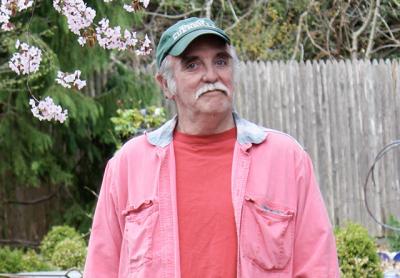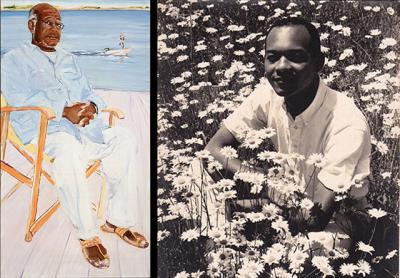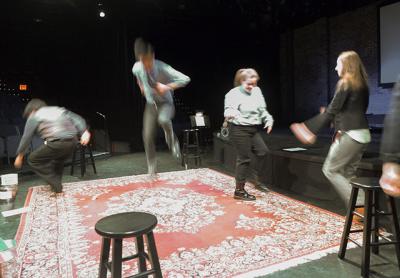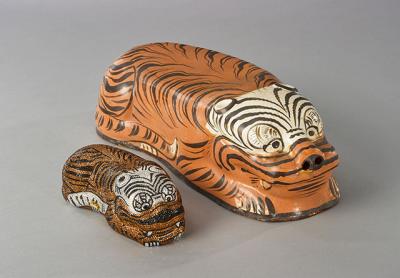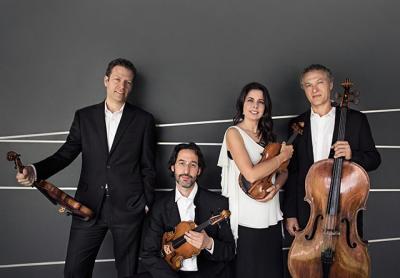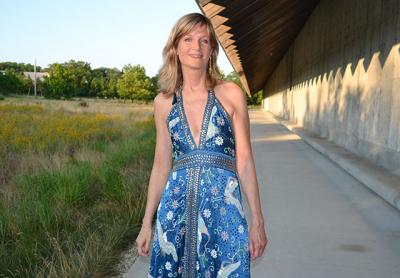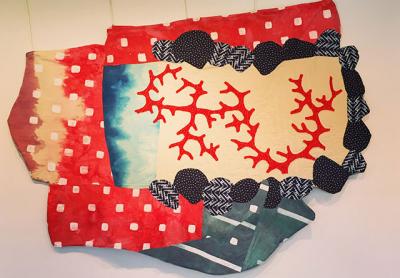Architecture in the View Finder at the Parrish
Architecture in the View Finder at the Parrish

When Therese Lichtenstein first visited the Parrish Art Museum after it opened its new Herzog & de Meuron-designed building in Water Mill, she was excited. “I knew the work of the architects,” she said recently. “And I thought the light coming through those skylights was just absolutely incredible. It changed the view of whatever images I was looking at.”
That eye-opening experience led her to develop “Image Building: How Photography Transforms Architecture,” an exhibition of 57 images by 20 modern and contemporary photographers that will open at the Parrish on Sunday and continue through June 17.
Three years in the making, the exhibition is organized thematically into Cityscapes, Domestic Spaces, and Public Places, with photographs from different periods and countries juxtaposed within each category. For example, Samuel H. Gottscho’s 1933 image “New York City Views, RCA Building Floodlighted,” which transforms the building into a Depression-era icon of strength and hope, is shown with Hiroshi Sugimoto’s blurred, dreamlike image from 2001 of the same building, which appears to be on the verge of disappearing.
“It’s a loose categorization,” Ms. Lichtenstein said. “I hope when people see the work the juxtapositions will make them think about a lot of different issues — personal, subjective, sociological, philosophical. It’s not a didactic kind of exhibition in any way.”
“I saw that many contemporary photographers actually go back and photograph earlier modernist buildings, and in different ways. So I thought of going back not just to the buildings but to the photographs and then seeing what happens when you place them next to each other. It breaks down the past and creates a dynamic relationship between the past and present. I’m philosophically interested in notions about time and change and transformation.”
Julius Shulman’s 1960 photographs of Case Study House No. 22 in Los Angeles exemplify how images that at one time captured the zeitgeist have become period pieces. Shulman’s high-contrast black-and-white images of the austere modernist house included female models posed not only to enhance the architecture but also to communicate a lifestyle.
“The images appeared in trade journals and popular magazines,” said Ms. Lichtenstein, “and now we have them on museum walls. Those photographs are so beautiful and elegant, but you look at them and feel nostalgic for what now looks like ancient history.”
Photographs by Berenice Abbott and Iwan Baan, separated by almost 80 years, convey two different interpretations of New York City at night. Shot from the Empire State Building, Abbott’s “The Night View” from 1934 is an almost abstract view of the glowing city whose architecture is lit by its own lights. Mr. Baan’s photographs of the city, shot from a helicopter after Hurricane Sandy, show much of Manhattan in darkness. “In a way it dramatizes the haves and have-nots,” said Ms. Lichtenstein.
Developments in technology have had an impact on architectural photography. In his large-scale 2001 photograph “w.h.s. 10,” for example, Thomas Ruff modified the color and focus of a photograph of 1920s affordable housing to create a blurred image that evokes the passage of time. Mr. Baan required not only a helicopter but also an extremely high-resolution camera to capture his nighttime panorama.
The other photographers represented in “Image Building” are Robert Adams, Lewis Baltz, Bernd and Hilla Becher, Hélène Binet, James Casabere, Thomas Demand, Luigi Ghirri, Andreas Gursky, Candida Höfer, Balthazar Korab, Ed Ruscha, Stephen Shore, Ezra Stoller, and Thomas Struth.
In conjunction with the exhibition, the museum’s ongoing series of talks, “Inter-Sections: The Architect in Conversation,” will include discussions with Mr. Casabere (April 6), Mr. Baan (April 14), and, on April 20, the architect Lee Skolnik, the photographer Ralph Gibson, and Ms. Lichtenstein, who will discuss “Flattened Space.”

